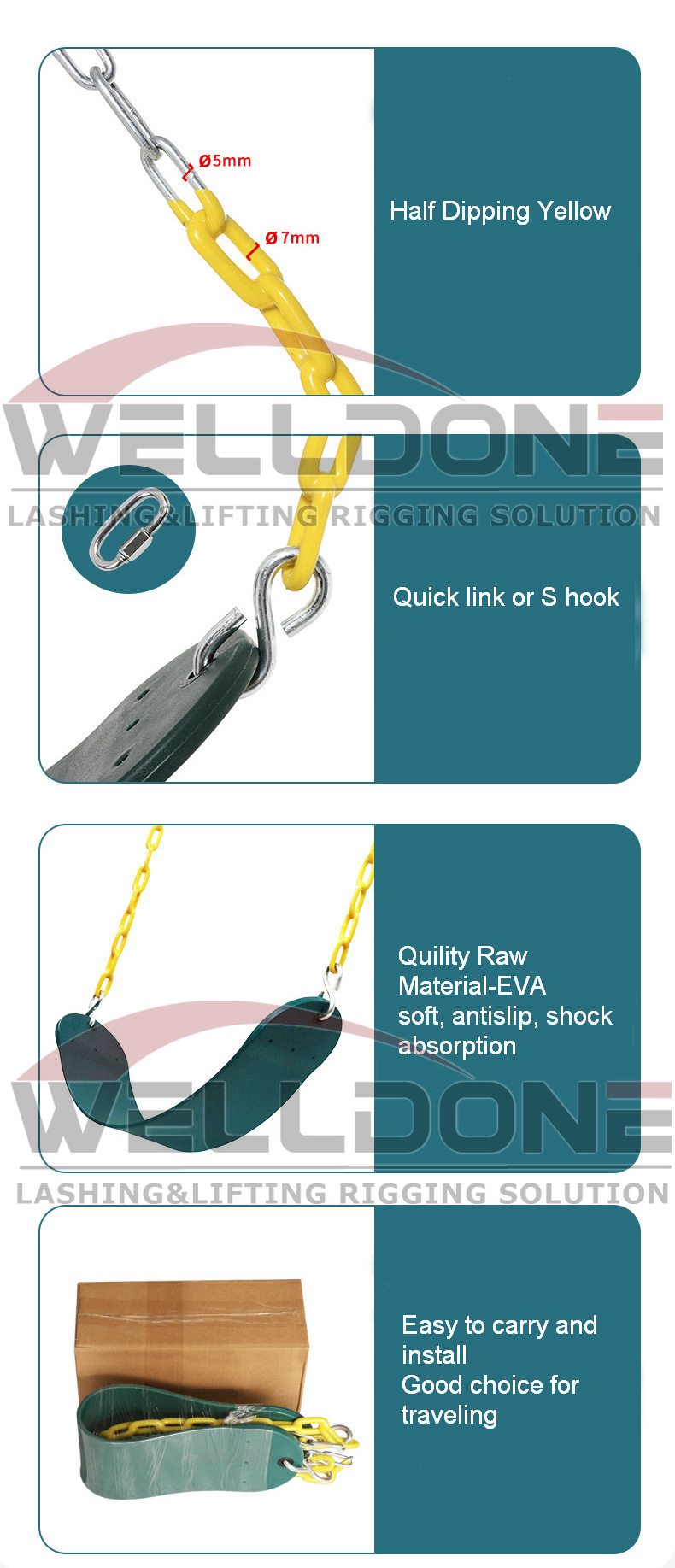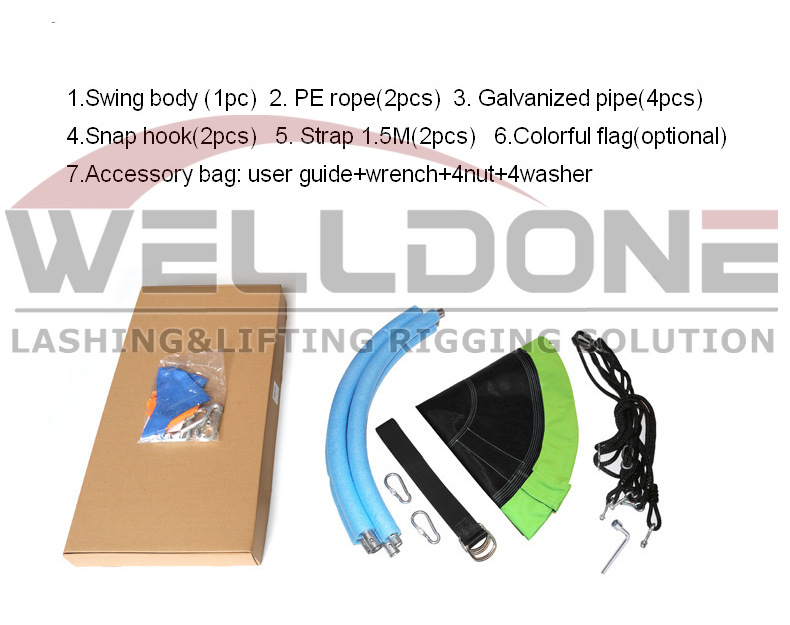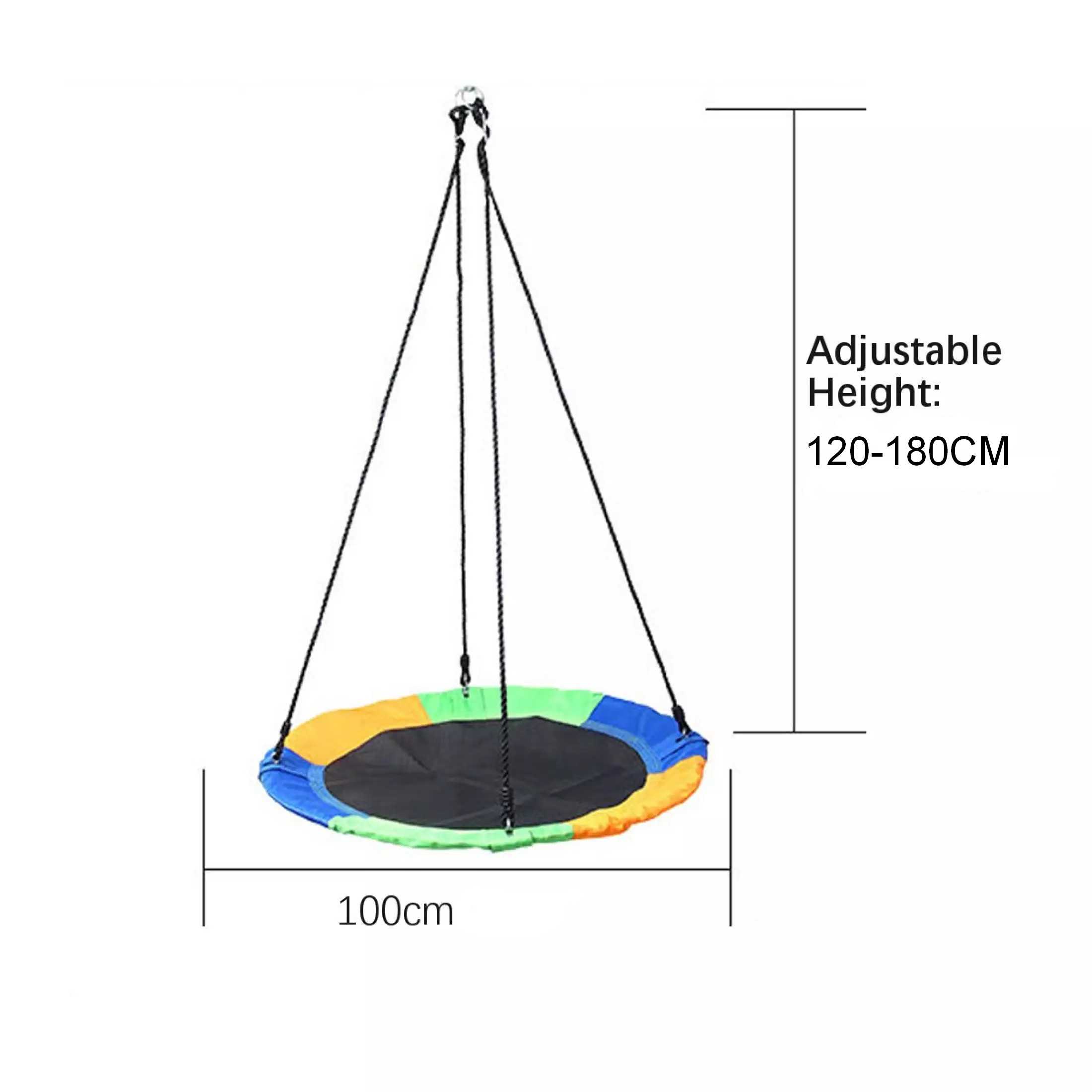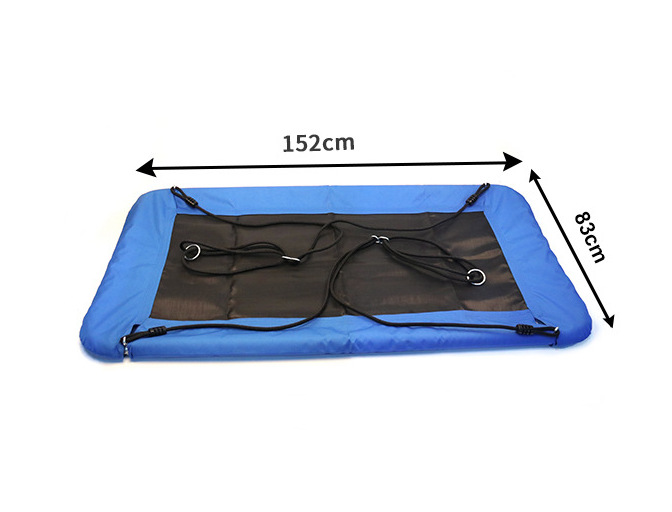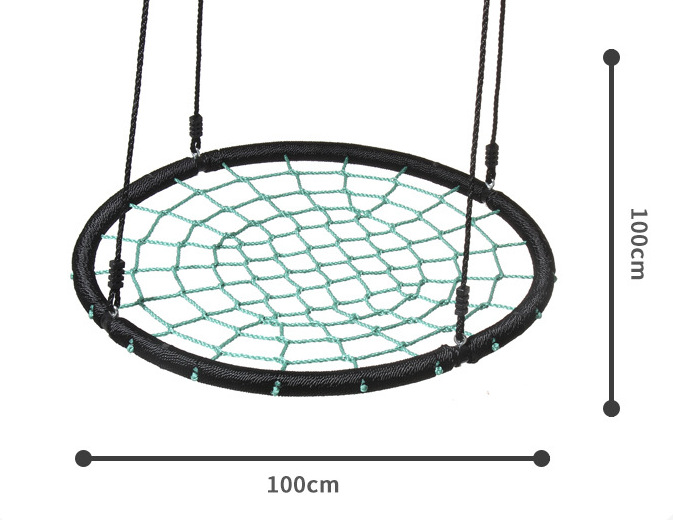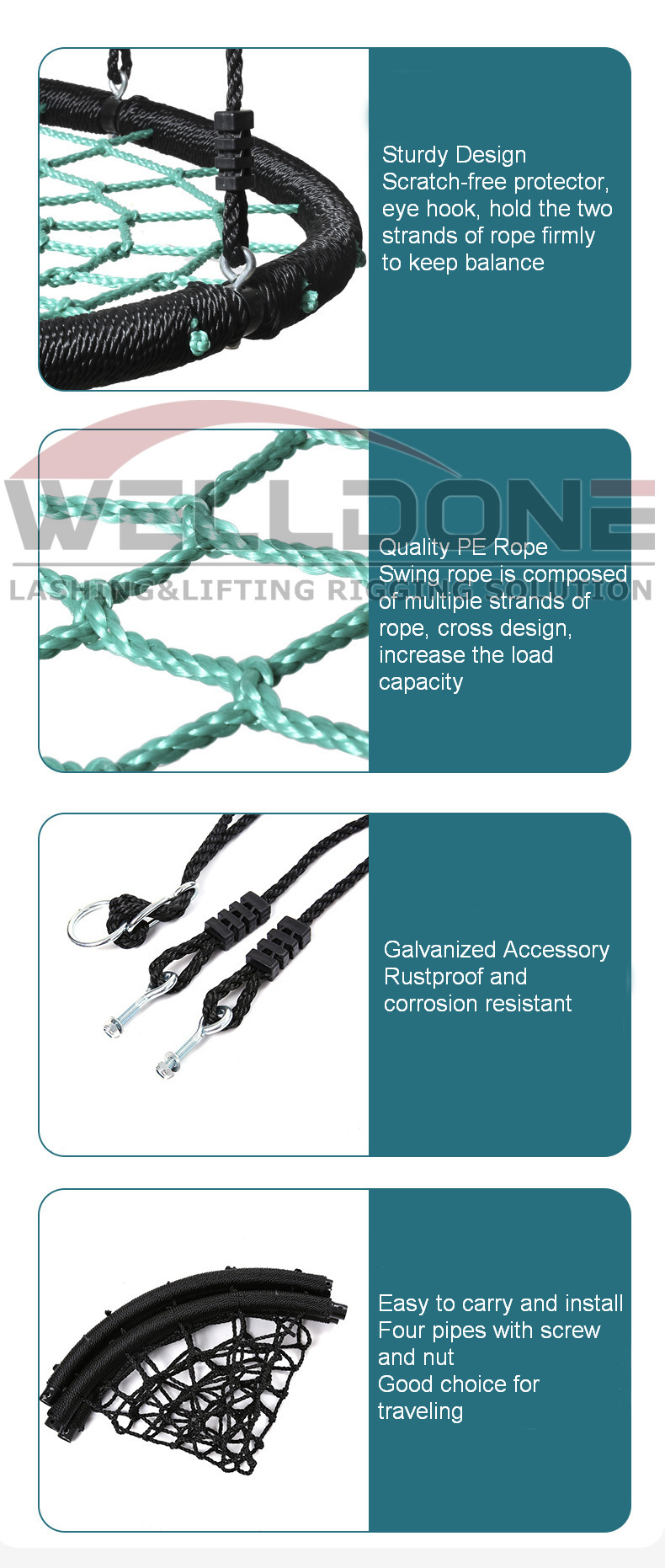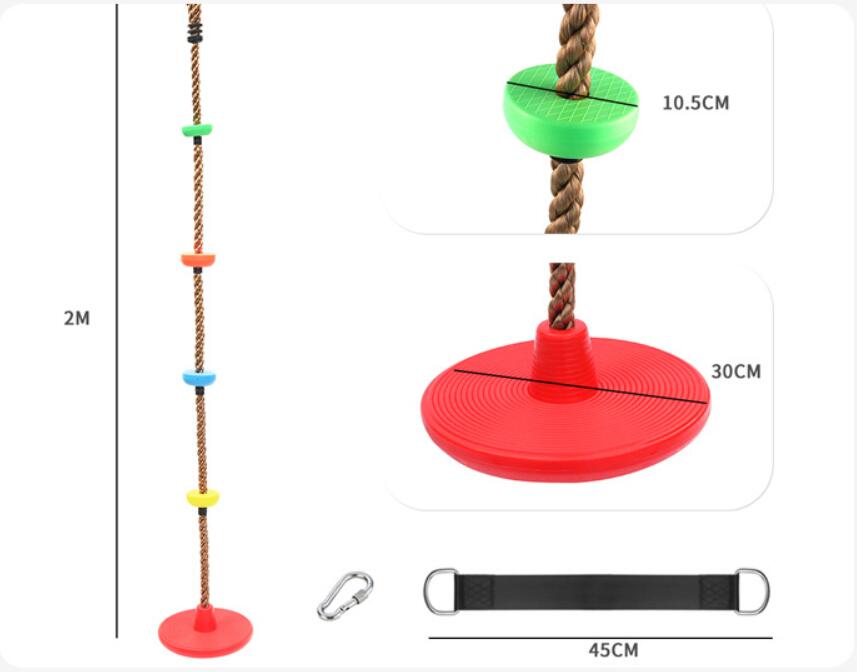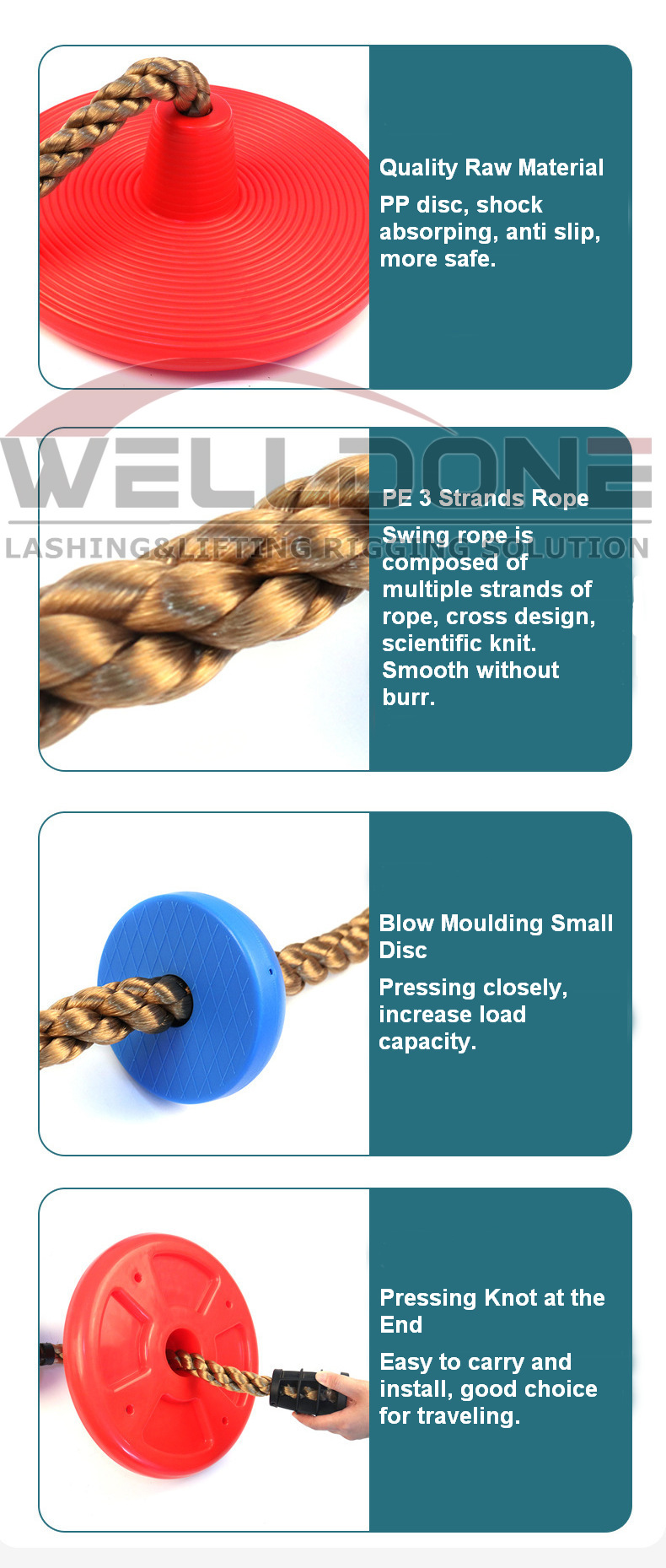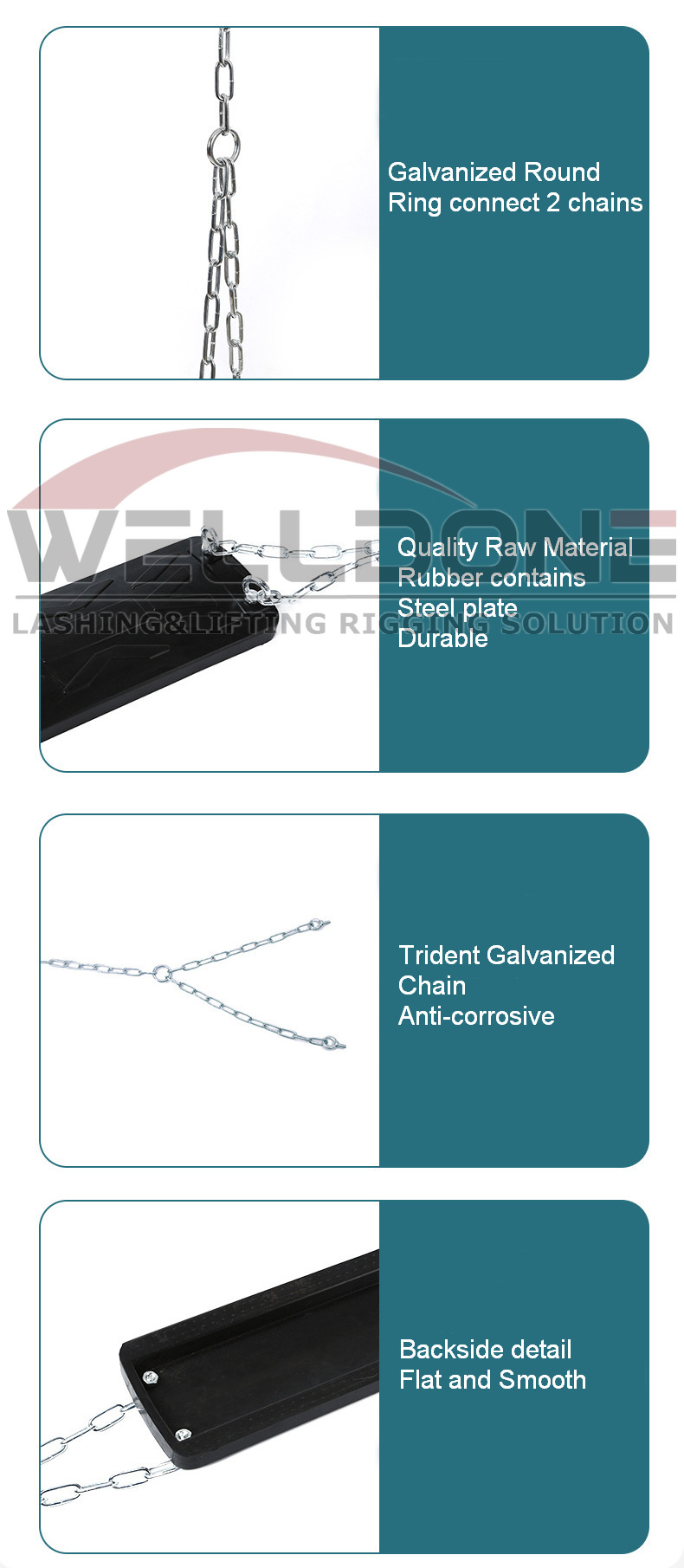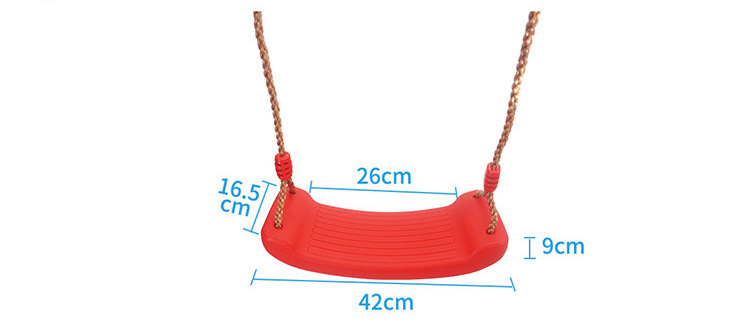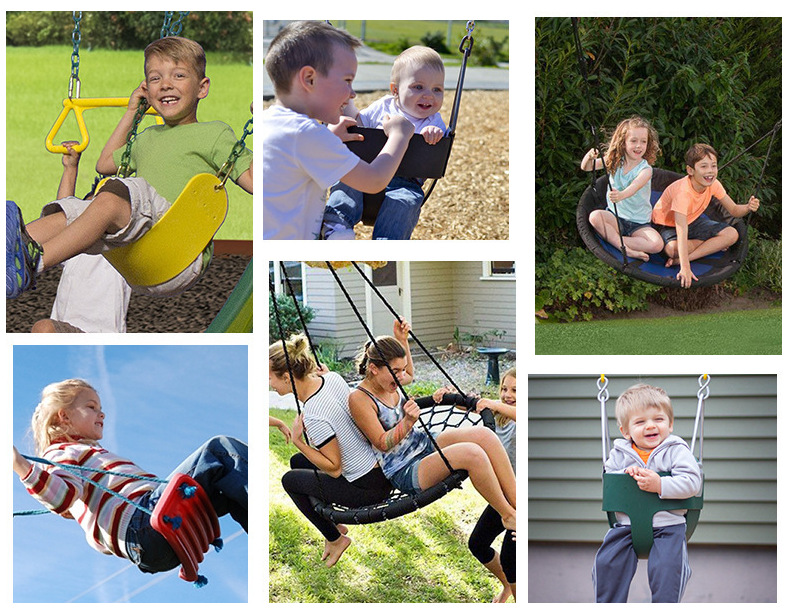Outdoor Children EVA Soft Board / Full Bucket Toddler / Nest / Round Rectangle Platform / Disc Rope Tree Swing
Few playground activities capture the simple joy of childhood quite like a swing. The exhilaration of pumping legs to go higher, the thrill of the wind in your face, and the sensation of almost flying make swinging a timeless favorite for children of all ages. But beyond the sheer delight, children’s swings offer numerous developmental benefits, contributing significantly to physical, cognitive, and social growth.
Physical Development
Swinging is an excellent form of exercise that promotes physical development. It helps children build strength in their legs, arms, and core as they pump and balance. The rhythmic motion also enhances coordination and balance, crucial skills for overall physical development. As children learn to control their movements and maintain their position on the swing, they develop a better sense of body awareness and spatial orientation.
Cognitive Benefits
The act of swinging engages a child’s brain in various ways. The back-and-forth motion stimulates the vestibular system, which is responsible for balance and spatial orientation. This stimulation is essential for developing a child’s sense of balance and movement. Moreover, the repetitive motion can have a calming effect, which helps children regulate their emotions and focus better on tasks afterward.
Swinging also encourages problem-solving and planning skills. For instance, children learn to coordinate their movements with the swing’s motion to go higher or slow down. This requires understanding cause and effect, timing, and sequencing, all of which are critical cognitive skills.
Social Interaction
Swings can also be a hub for social interaction. Whether taking turns on a single swing or playing side by side, children learn valuable social skills such as sharing, cooperation, and patience. Waiting for a turn teaches them about fairness and the importance of taking turns, while swinging alongside friends can encourage conversations and bonding.
For younger children, swinging with a parent or caregiver provides an opportunity for close physical contact and interaction, which can strengthen attachment and emotional security. It’s also a time for parents to engage in play and observe their child’s development and interests.
Emotional Well-being
The simple pleasure of swinging can have profound effects on a child’s emotional well-being. The sense of freedom and control that comes with swinging can boost confidence and self-esteem. It’s an activity that children can often do independently, giving them a sense of accomplishment and autonomy.
Moreover, the soothing, repetitive motion can be incredibly calming for children. It can help reduce stress and anxiety, providing a peaceful respite from the sometimes overwhelming world around them. This calming effect can be particularly beneficial for children with sensory processing issues, offering them a safe and enjoyable way to regulate their sensory input.
Creativity and Imagination
Swings also serve as a canvas for children’s imagination. A swing can transform into a spaceship, a horse, or a magic carpet in the world of make-believe. This imaginative play is crucial for cognitive development, fostering creativity, problem-solving skills, and the ability to think abstractly.
Types
There are many types swing can suit for different ages children. Including but not limited to rubber swing, EVA soft board plastic swing seat, foldable saucer round mat platform swing, dismountable rectangle mat platform tree swing, infant EVA full bucket toddler swing, rope spider net nest swing, climbing disc rope tree swing.
Model Number: WDSW001
-
Cautions:
Proper Installation: Install the swing set on a level surface with adequate space around it to prevent collisions.
Appropriate Age: Verify that the swing is suitable for the child’s age and weight.
Always Supervise: Ensure an adult is always present to supervise children while they are using the swing.
No Standing: Children should not stand on the swing or try to jump off while it is moving.













